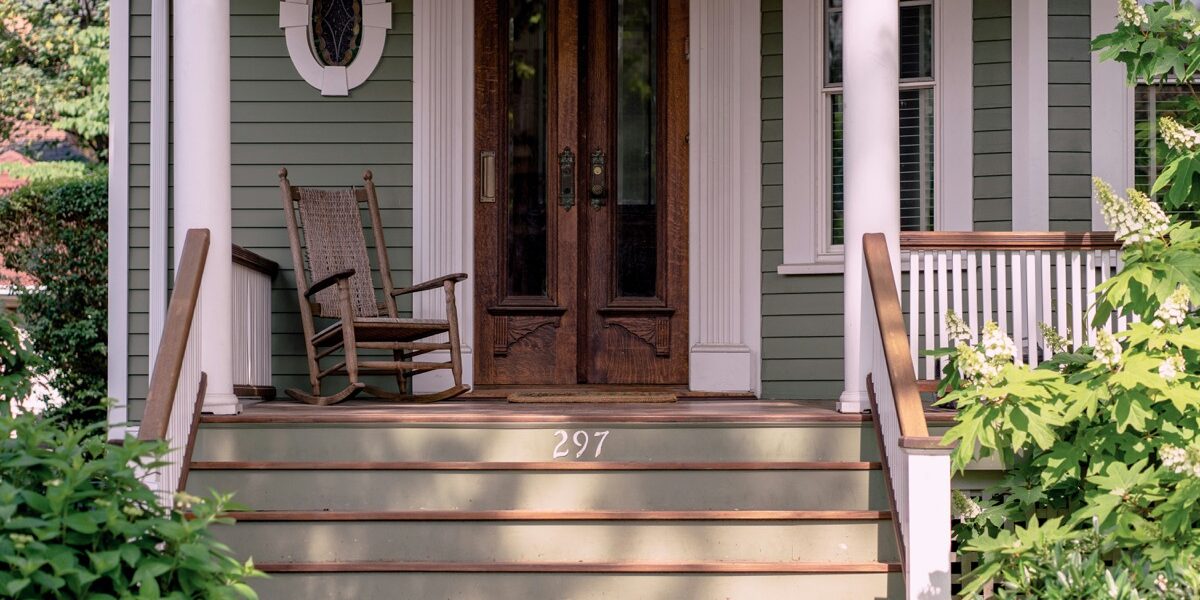Preparing Your Brick Exterior for Painting
Painting exterior brick can transform the look of your home. Before starting, assess the condition of the brick and mortar. Ensure they’re structurally sound. Any cracks in the brick should be repaired. Mortar joints often deteriorate over time; repoint where necessary to ensure a level painting surface.

Thoroughly clean the brick surface. Use a stiff-bristled brush and soapy water to remove dirt and mildew. For tougher stains, consider using a pressure washer. Be cautious with pressure washing, as too much force can damage the brick or mortar. Allow the brick to completely dry before painting. It may take a couple of days, especially in humid climates.
Choosing the Right Paint and Tools
Always use a paint specially formulated for masonry surfaces. Elastomeric paints are a popular choice due to their durability and flexibility. They’re designed to withstand the natural expansion and contraction of brick. Choose a color that complements your home’s surroundings and style. Neutral tones are versatile, but bold colors can make a statement.
Gathering the right tools is equally important. Use a high-quality 1 to 1.5-inch thick roller with a long nap to cover irregular brick textures. A good quality angled brush is essential for cutting in around windows, doors, and trim. Consider using an airless paint sprayer for faster application on large surfaces.
Priming the Brick Surface
Priming is a critical step when painting brick. A masonry primer will help the paint bind to the brick and provide a uniform finish. It helps prevent the paint from peeling or chipping. Apply the primer using your roller and brush set up. For best results, apply at least one coat of primer and let it dry thoroughly according to the manufacturer’s instructions.
If the brick is being painted for the first time, consider applying a sealant before priming. Sealants can protect against moisture penetration. They are especially important in areas with heavy rainfall. Check for compatibility between sealant, primer, and paint to ensure adhesion and longevity.
Applying Paint to Exterior Brick
After priming, it’s time to paint. Start at the top and work your way down to avoid drips. Apply paint evenly using your roller for large areas. Use a brush for detailed work around edges and trim. Depending on the brick’s porosity and texture, more than one coat of paint may be necessary. Follow the drying times recommended on the paint can between coats.
An additional topcoat can provide extra protection. This is particularly useful for exterior surfaces exposed to harsh weather conditions. A clear, breathable topcoat will add an extra layer of durability without detracting from the color of the finished paint.
Maintenance Tips for Painted Brick
Once your brick is painted, regular maintenance will keep it looking fresh. Inspect the paintwork periodically for signs of wear or damage. Address any cracks or chipping as soon as they’re spotted. Keeping the surface clean extends the life of the paint. Use a garden hose or low-pressure washer for routine cleaning.
If you live in an area prone to heavy rain or humidity, consider reapplying a protective sealant every few years. Inspect the surrounding landscaping to ensure no plants or soil are damaging the painted surface. Trim any vegetation that might be too close to the house to prevent moisture accumulation.
Understanding the Pros and Cons of Painting Brick
Painting brick can improve aesthetics or modernize a property. It’s an effective way to cover outdated or unsightly brick colors. Many homeowners appreciate the uniformity that painted brick provides. However, it’s a decision that comes with responsibilities.
Paint can seal brick pores, potentially trapping moisture. This risk is heightened if the paint or sealant is not breathable. The necessity for regular maintenance and the likelihood of needing to repaint every few years are important considerations. On the upside, innovations in paint technology mean longer-lasting finishes and enhanced protection.
Exploring Alternatives to Painting Brick
If painting feels too permanent, there are alternatives. Limewashing or whitewashing involves a diluted paint application. This method allows some of the natural brick texture to show through, offering a different look. These techniques are less invasive and can be more easily altered over time.
Brick staining is another option. This process penetrates the surface, altering the brick color without covering its texture. Staining is often a longer-lasting solution compared to painting. It doesn’t require a primer or sealant and is less prone to peeling over time.
Recommended Woodworking Tools
HURRICANE 4-Piece Wood Chisel Set – $13.99
CR-V steel beveled edge blades for precision carving.
GREBSTK 4-Piece Wood Chisel Set – $13.98
Sharp bevel edge bench chisels for woodworking.
As an Amazon Associate, we earn from qualifying purchases.




Subscribe for Updates
Get the latest articles delivered to your inbox.
We respect your privacy. Unsubscribe anytime.